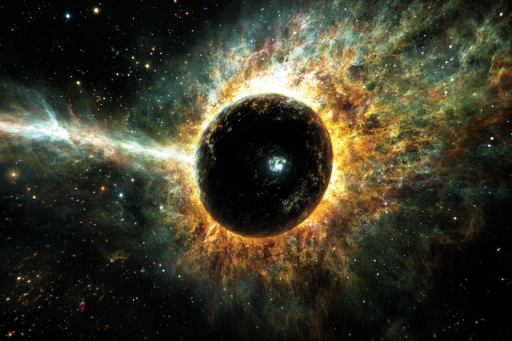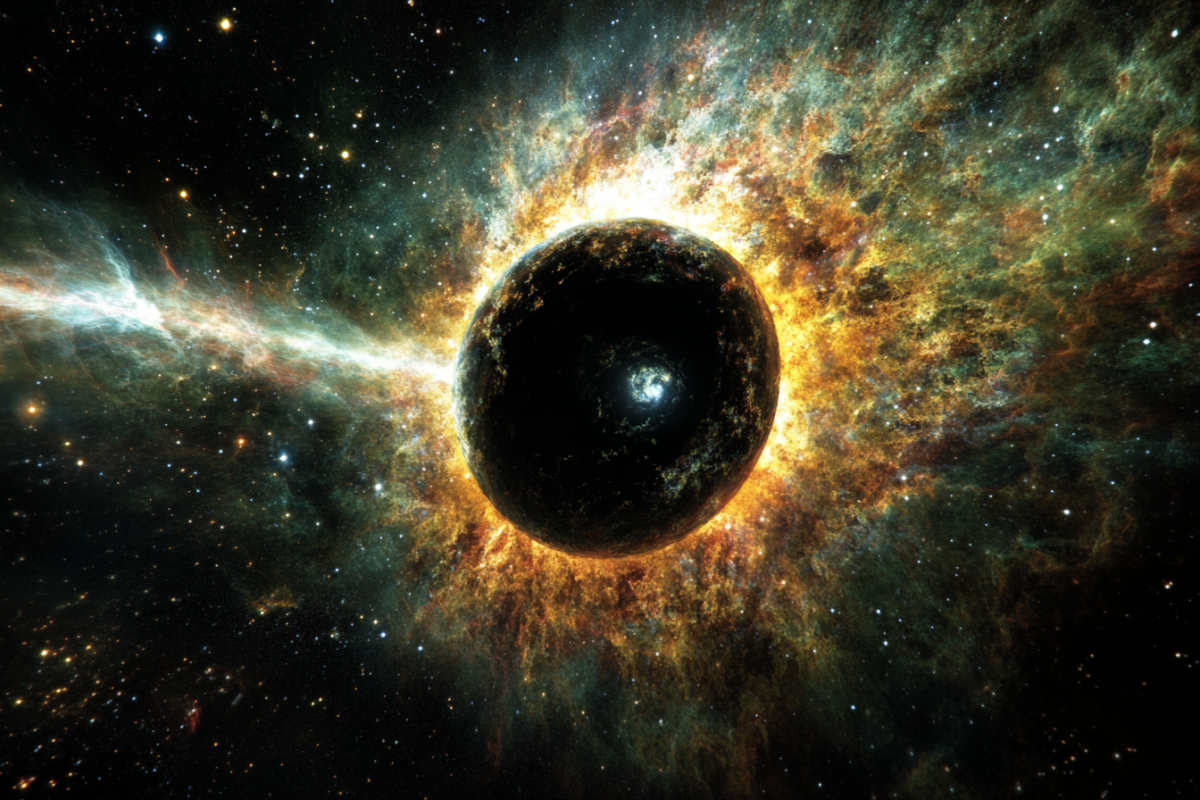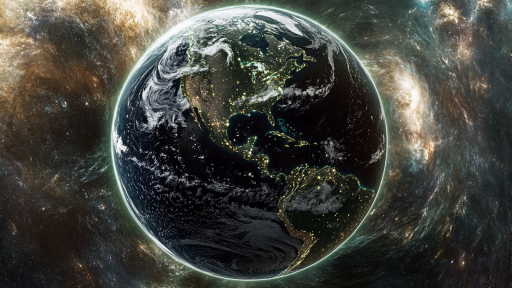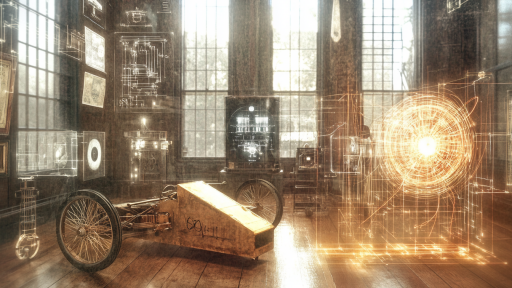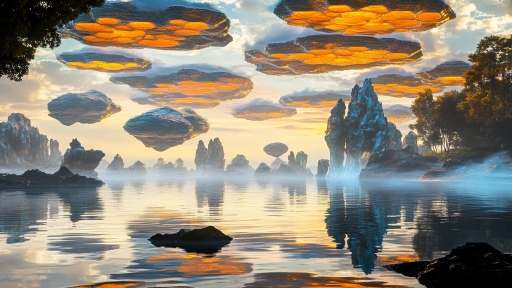
The universe is a stage for some of the most mind-bending and extreme events imaginable. From cosmic explosions that outshine entire galaxies to bizarre phenomena that defy the laws of physics, space is filled with mysteries that challenge our understanding of reality. These extraordinary occurrences unfold across vast stretches of time and distance, many of them so strange they sound like science fiction. Yet, they are very real—and they reveal just how weird and wonderful the cosmos truly is.
Stars That Explode Twice

Most stars go supernova only once, but some have been observed exploding twice in an event known as a “zombie star.” These rare objects, called pulsational pair-instability supernovae, shed massive amounts of material, appear to go dark, and then erupt again years or even centuries later. Scientists believe this happens when a star is so massive it partially collapses but doesn’t completely destroy itself. These undead stars continue their violent cycles until they finally meet their true end.
The Great Attractor – A Cosmic Mystery

Deep in the universe, an unseen force is pulling entire galaxies—including our own Milky Way—toward it at staggering speeds. This massive gravitational anomaly, known as the Great Attractor, lies hidden behind thick cosmic dust, making it difficult to study. Scientists believe it may be a supercluster of galaxies or something even more mysterious. Whatever it is, it has an undeniable grip on a significant portion of the cosmos.
Rogue Black Holes Drifting Through Space

Most black holes stay anchored within galaxies, but some get ejected and become cosmic wanderers. These rogue black holes travel through space at incredible speeds, devouring anything unfortunate enough to cross their paths. They are nearly impossible to detect unless they distort nearby stars or create glowing accretion disks. If one ever passed through our solar system, the consequences would be catastrophic.
The Fastest Thing in the Universe

Nothing can exceed the speed of light, but some cosmic events push the boundaries of what we think is possible. Blazars—supermassive black holes shooting out jets of energy—can send particles hurtling at speeds close to light itself. These high-energy beams travel across the universe, sometimes appearing to move faster than light due to relativistic effects. Such extreme motion warps space-time, offering a glimpse into physics at its most extreme.
Dark Matter Collisions

Dark matter makes up most of the universe, yet no one has ever seen it. However, astronomers have detected strange cosmic “collisions” that suggest invisible matter is interacting in ways we don’t yet understand. These dark matter interactions may create unseen shockwaves that ripple across galaxies. If we could fully grasp what’s happening, it might unlock one of the biggest mysteries in physics.
Planets That Shouldn’t Exist

Astronomers have found planets in places they never expected—such as within the violent regions near black holes or orbiting dead stars. These worlds endure extreme radiation, crushing gravity, and unstable orbits, yet somehow they persist. Some exoplanets even appear to be made almost entirely of diamonds or have atmospheres of boiling metal. These alien worlds defy all logic, challenging what we thought was possible.
The Void That Shouldn’t Be There

The Boötes Void is one of the largest known empty spaces in the universe, spanning hundreds of millions of light-years with almost no galaxies inside. This eerie cosmic desert defies our understanding of how matter clusters together. Some theories suggest it formed due to early cosmic expansion, while others propose more exotic explanations. Whatever the reason, this ghostly absence of stars is one of the universe’s strangest mysteries.
The Most Powerful Explosion Ever Detected

Gamma-ray bursts are the most violent explosions in the universe, outshining entire galaxies in mere seconds. Some originate from dying stars collapsing into black holes, while others remain unexplained. The most powerful gamma-ray burst ever recorded released more energy in a few moments than the sun will emit in its entire lifetime. If one were to occur close to Earth, it could strip away our atmosphere.
A Star That Acts Like a Planet

Some brown dwarfs blur the line between planets and stars, too big to be planets but too small to sustain nuclear fusion like stars. These “failed stars” emit only faint heat and light, yet some have bizarre weather patterns, including planet-sized storms that rage for centuries. One of these, called Luhman 16B, has swirling clouds of molten iron rain. These cosmic misfits defy simple classification.
The Coldest Place in the Universe

Space is cold, but some regions reach temperatures colder than physics should allow. The Boomerang Nebula is the coldest known natural place, measuring just one degree above absolute zero. Its bizarre structure allows it to lose heat faster than expected, making it colder than the cosmic background radiation itself. This strange phenomenon challenges what we know about thermodynamics in space.
Black Holes That Spit Matter Back Out

Black holes are known for devouring everything, but some actually eject enormous amounts of material back into space. These “white-hole-like” events create powerful jets of energy that stretch light-years across the universe. Scientists are still trying to understand why some black holes regurgitate matter rather than simply absorbing it. These cosmic burps shape the formation of galaxies and can even trigger star birth.
The Time-Warping Power of Gravity

Massive cosmic objects, like black holes and neutron stars, warp time itself. Near these extreme gravitational wells, time slows down dramatically, making hours stretch into years. This isn’t just science fiction—it’s been observed in the bending of starlight around massive objects. In the most extreme cases, falling into a black hole could mean experiencing time at a different rate than the rest of the universe.
Galaxies That Collide in Slow Motion

Galaxies are constantly merging, but their sheer size makes the process incredibly slow. Some cosmic collisions take billions of years to complete, with stars and planetary systems swirling together in a celestial ballet. Our Milky Way is on a collision course with the Andromeda Galaxy, though it won’t fully merge for a very long time. These galactic encounters reshape the universe itself.
The Cosmic “Heartbeat” of a Black Hole

Astronomers have discovered that some black holes emit mysterious rhythmic pulses, almost like a cosmic heartbeat. These repeating signals, known as quasi-periodic oscillations, originate from the swirling matter being pulled into the black hole. Scientists are still unsure why these pulses occur with such eerie regularity, but they may offer insight into the physics of extreme gravity. This strange phenomenon suggests that even the most chaotic objects in the universe can have a hidden order.
The Ghostly Echoes of the Big Bang

The universe is still humming with the afterglow of its violent birth. The cosmic microwave background radiation—faint radio waves that fill all of space—is a leftover whisper from the Big Bang. This radiation provides clues about the origins of the universe and its ultimate fate. Every time you tune into static on an old TV, you’re catching echoes of the cosmos’s earliest moments.
When the Impossible Becomes Reality

The universe is a place where the unimaginable happens every day. Cosmic events unfold on scales so vast that they challenge our perception of time, space, and reality itself. What seems impossible to us now might be common knowledge in the future as science continues to push the boundaries of understanding. The cosmos reminds us that the strangest, most mind-bending discoveries are still waiting to be made.

